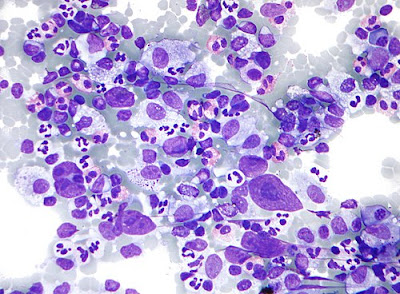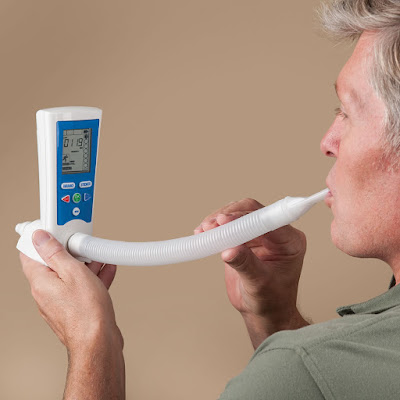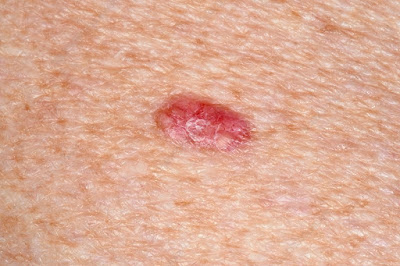Global Bag-in-Box Container Market, by Material Type (Low-Density Polyethylene, Ethylene Vinyl Acetate, Ethylene Vinyl Alcohol, Others), By End-use (Food & Beverages Products (Alcoholic Beverages, Non-alcoholic Beverages, Liquid Food), Household Products, Industrial Liquid Products), By Order type (Customized Order, Standard Order), and by Region (North America, South America, Europe, Asia Pacific, and Middle East & Africa) - Size, Share, Outlook, and Opportunity Analysis, 2019 - 2027
The
global bag-in-box container market is estimated to be valued at US$ XX million in XXX and is expected to exhibit a CAGR of XX% over the forecast period, as highlighted in a new report published by Coherent Market Insights.
Market Overview:
A bag-in-box or BiB is a container used to storage and transport liquids. It consists of a strong bladder (or plastic bag) seated inside a corrugated fiberboard box. In packaging, a bag-in-box container is used for both dry and liquid products, in which the contents are placed in a flexible bag which is then placed inside a cardboard carton. Low-density polyethylene, ethylene vinyl acetate, and ethylene vinyl alcohol are some of the major materials used to produce BiB.
The BiB is currently used to package wine, milk, soda fountain syrup products, water, and liquid chemicals, among others. Bag-in-box packaging uses a box, bag, and fitment to transport and dispense liquid products both efficiently and without contamination. Food & beverages, household, industrial liquid products are the main items packed in these containers.
Competitive Landscape:
Major players operating in the global bag-in-box container market are Optopack Ltd, Scholle IPN, TPS Rental Systems Ltd, Parish Manufacturing Inc., Vine Valley Ventures LLC, CDF Corporation, Liqui-Box, Amcor Limited, DS Smith, and Smurfit Kappa Group, among others.
Key Market Drivers:
Increasing demand for bag-in-box containers is expected to augment growth of the bag-in-box container market over the forecast period. For instance, in February 2021, Liquibox launched a range of mono-material bag-in-box packaging solutions that the company says aligns with the global design guidelines for flexible packaging such as those released by Ellen MacArthur Foundation, CEFLEX, and the Association of Plastics Recyclers.
Moreover, rise in demand for innovative and sustainable packaging solutions and development of new, innovative materials is expected to boost growth of the bag-in-box container market. For instance, in April 2021, Scholle IPN launched a flexible, fully recyclable bag-in-box (BIB) packaging for water. The package cleared the Association of Plastic Recyclers’ (APR) Critical Guidance Protocol for PE Film and Flexible Packaging (FPE-CG-01).
COVID-19 Impact Analysis:
The outbreak of COVID-19 had a mixed impact on the packaging industry, mainly due to the closure of industrial operations worldwide. However, demand for bag-in-box packaging surged during the COVID-19 pandemic. The demand for bag-in-box wines has increased during the pandemic, according to Smurfit Kappa. Moreover, in December 2020, Liquibox opened a new factory in Madrid to produce essential flexible packaging solutions. Liquibox notes increasing demand for bag-in-box and bulk products as demand for large packaging formats grow due to COVID-19. This in turn is expected to aid in the growth of the market.
Key Takeaways:
The bag-in-box container market is expected to exhibit a CAGR of XX % over the forecast period due to the emergence of COVID-19. Due to the rapidly increasing coronavirus crisis around the world, demand for sanitizer is also increasing worldwide. For instance, in July 2020, Smurfit Kappa launched a new Bag-in-Box packaging suitable for hand sanitizer for end consumers. Obtainable in different sizes from 1.5 liter to 20 liter, the flexible packaging can also be used as a refill solution.
Among regions, North America, Europe, and Asia Pacific are expected to witness robust growth in the bag-in-box container market due to the increasing consumption of alcoholic beverages, increasing demand for environmentally safer and sustainable packaging, rise in demand for packaged foods-beverages, and introduction of novel products in these regions. For instance, in August 2020, Smurfit Kappa launched SmartLife to boost traceability and shelf life for its Bag-in-Box wine packaging.





















